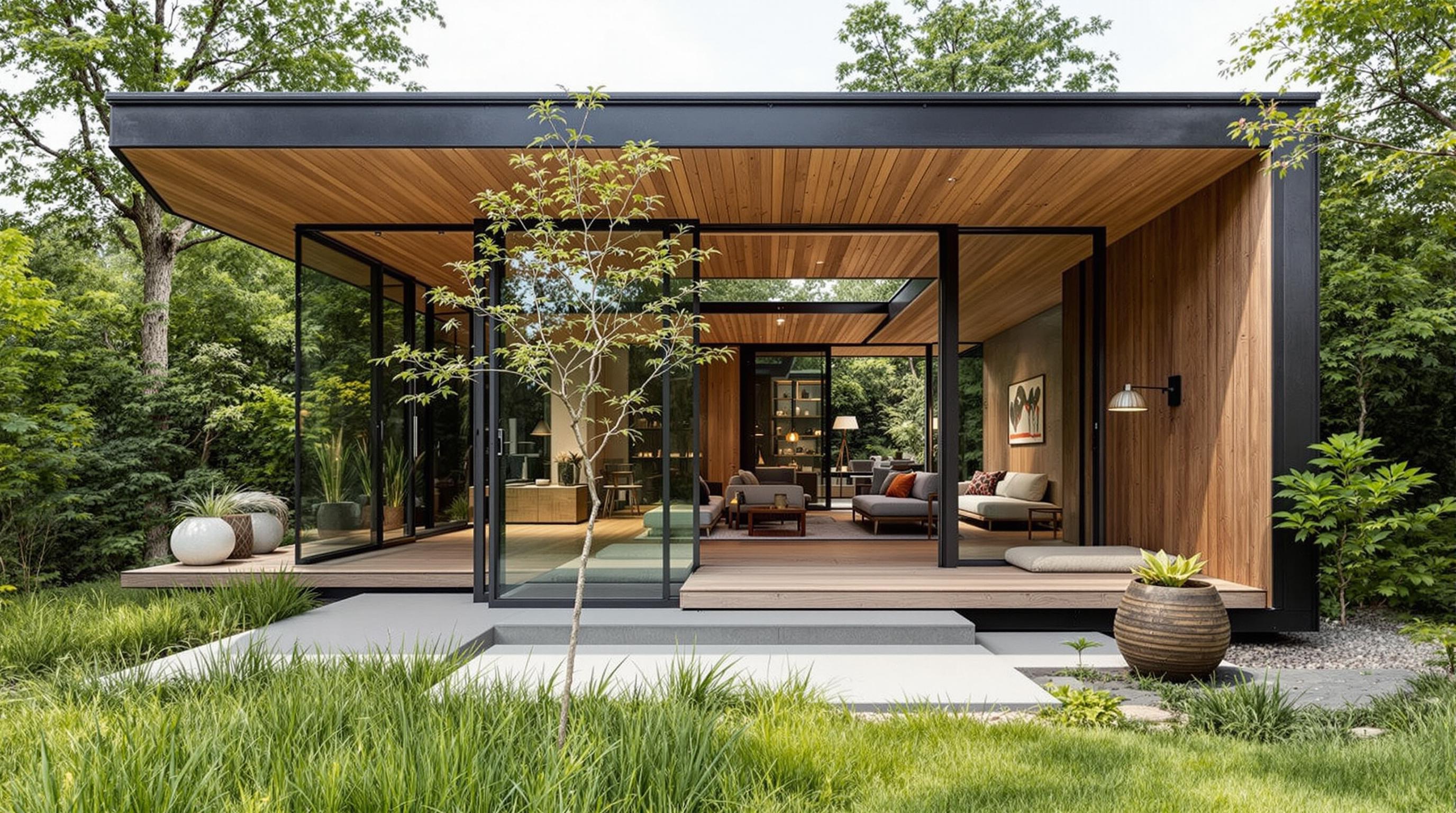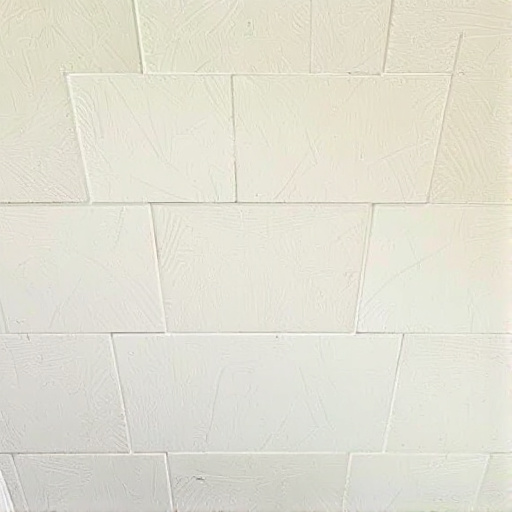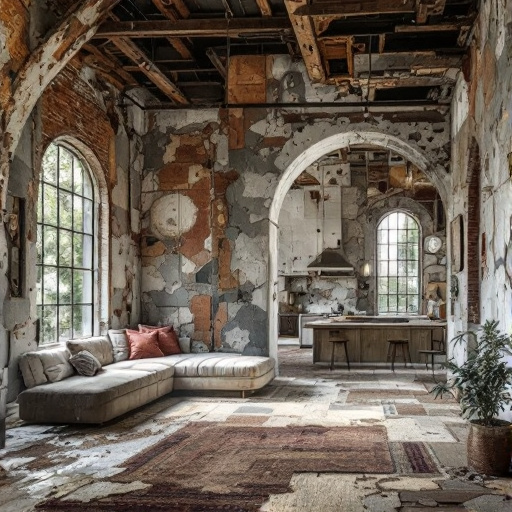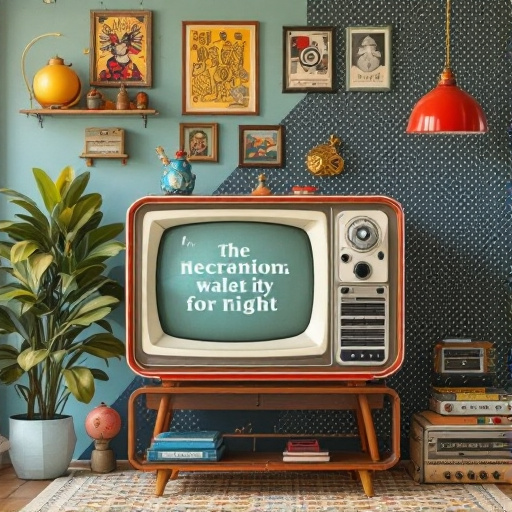Featured Articles
- 9 Radical Eco-Friendly Home Design Ideas That Blend Sustainability With Cutting-Edge Style
- Beyond Wallpaper: Exploring the Revival of Textured Ceilings in Modern Home Design
- From Retro to Futuristic: How Time Travel Can Influence Your Home Design Aesthetics
- Reimagining Ruins: How Abandoned Spaces Fuel Modern Home Design Creativity
- Reimagining Storage: Creative Hiding Spaces That Transform Clutter into Chic Home Design Statements
9 Radical Eco-Friendly Home Design Ideas That Blend Sustainability With Cutting-Edge Style
9 Radical Eco-Friendly Home Design Ideas That Blend Sustainability With Cutting-Edge Style
9 Radical Eco-Friendly Home Design Ideas That Blend Sustainability With Cutting-Edge Style
1. Living Roofs: Nature Above Your Head
Living roofs, also known as green roofs, integrate vegetation directly on top of buildings to improve insulation and air quality. These roofs help to reduce urban heat islands by cooling the surrounding air through evapotranspiration. Additionally, they support biodiversity by providing habitats for birds and insects.
Installation typically involves layering waterproof membranes, soil, and drought-resistant plants. Beyond environmental benefits, living roofs offer unique aesthetic value, turning your home into a lush, natural sanctuary. According to a study published in Environmental Science & Technology, these roofs can lower indoor temperatures by up to 19°F, reducing air conditioning needs significantly.
Homeowners opting for living roofs should consider structural load capacity and maintenance requirements. However, with thoughtful design, they become a visually stunning and environmentally impactful feature.
2. Solar Glass Windows: Harnessing the Sun Invisibly
Solar glass windows embed photovoltaic technology into transparent glass, turning windows into solar panels without compromising natural light. This innovation allows homeowners to generate clean energy passively, seamlessly integrating renewable energy systems into a building's facade.
By converting sunlight into electricity invisibly, solar glass windows contribute to energy independence and reduce reliance on fossil fuels. Research from the National Renewable Energy Laboratory highlights their potential to increase overall building efficiency by up to 30%. This technology supports modern minimalistic aesthetics with futuristic appeal.
As prices become competitive, the adoption of solar glass is expanding in residential architecture, merging sustainability with cutting-edge style effectively.
3. Recycled Material Furnishings with a Modern Twist
Furniture crafted from recycled materials reflects a commitment to sustainability while pushing design boundaries. Designers repurpose wood, metal, plastic, and glass waste into striking furniture pieces that tell a story of renewal and environmental responsibility.
Such furnishings reduce landfill waste and decrease demand for virgin resources, contributing to lower carbon footprints. A report by the Furniture Sustainability Initiative emphasizes that recycled-material furniture can save up to 60% of embodied energy compared to traditional manufacturing.
Modern techniques, including 3D printing and upcycling, enable designers to create sleek, avant-garde pieces. These furnishings merge ecological awareness with contemporary artistry, proving that sustainability enhances style.
4. Passive House Design: Minimizing Energy Use Through Smart Architecture
Passive house design focuses on optimizing building orientation, insulation, sealing, and ventilation to reduce energy consumption drastically. This approach relies on natural elements like sunlight and airflow to maintain comfortable interior conditions year-round.
Such homes often eliminate the need for conventional heating and cooling systems, resulting in energy savings of up to 90%, as documented by the Passive House Institute. The architectural style champions simplicity and function, producing sleek, efficient living spaces.
Combining technology with ecological wisdom, passive houses demonstrate that sustainability and cutting-edge style can coexist without sacrificing comfort or aesthetic appeal.
5. Bamboo Structural Elements: Fast-Growing Strength
Bamboo is a rapidly renewable resource that offers high tensile strength and flexibility, making it a compelling alternative to traditional wood and steel in home construction. Its sustainability stems from fast growth cycles and minimal pesticide needs.
Architects incorporate bamboo in beams, flooring, and even exterior cladding to create structurally sound homes with a warm, natural aesthetic. Studies in the Journal of Green Building confirm bamboo's impressive load-bearing capacity, rivaling that of conventional materials.
Using bamboo blends traditional craftsmanship with modern engineering, providing eco-conscious homeowners with a beautifully functional design choice that stands out.
6. Greywater Recycling Systems: Closing the Water Loop
Greywater recycling captures lightly used water from baths, sinks, and washing machines to be treated and reused for irrigation or toilet flushing. This system significantly reduces freshwater consumption, a crucial step in water conservation efforts.
Integrating greywater technology into home design not only supports sustainability but also introduces innovative piping and filtration aesthetics hidden within the building’s structure. According to the Water Research Foundation, homes using greywater systems can cut water usage by 30-50%.
These systems demonstrate that practical eco-infrastructure can be unobtrusively embedded into stylish, modern homes, advancing environmental stewardship seamlessly.
7. Smart Home Energy Management for Green Efficiency
Smart home energy management systems use sensors, automation, and data analytics to optimize energy usage in real time. By controlling lighting, heating, cooling, and appliances based on occupancy and weather, these systems minimize waste.
Beyond lowering utility bills, such technologies contribute to grid stability by shifting electricity demand and integrating with renewable power sources. Research from IEEE Transactions on Smart Grid validates the significant energy savings achievable with intelligent home systems.
This cutting-edge approach aligns ecological responsibility with convenience, allowing homeowners to reduce their footprint without compromising on modern lifestyle comforts.
8. Thermal Mass Flooring: Natural Climate Control
Thermal mass flooring uses materials like concrete, stone, or tile that absorb, store, and gradually release heat. This property stabilizes indoor temperatures by moderating fluctuations, reducing reliance on mechanical heating and cooling.
Architects design homes to maximize solar gain onto these surfaces during the day, creating passive warmth during cooler periods. The American Society of Heating, Refrigerating and Air-Conditioning Engineers recognizes thermal mass as an effective strategy for sustainable climate control.
Its sleek, minimalist look complements modern interiors, offering both aesthetic appeal and functional energy efficiency.
9. Modular Prefabricated Green Homes: Speed and Sustainability Combined
Modular prefabrication involves building home components off-site in controlled settings, minimizing waste and improving quality. When combined with sustainable materials and technologies, it produces eco-friendly homes efficiently.
This construction method reduces site disruption, shortens build times, and cuts carbon emissions associated with traditional building processes. The Journal of Cleaner Production reports that prefabrication can lower construction waste by up to 90%.
Modern modular designs emphasize clean lines and adaptability, allowing homeowners to tailor eco-friendly spaces with swift turnaround and high style.
10. Conclusion: Embracing Radical Sustainability with Flair
The fusion of radical eco-friendly design ideas with cutting-edge style signals a transformative shift in how we conceive homes. From biologically integrated living roofs to intelligent energy systems, these innovations redefine modern living.
By investing in sustainable materials, renewable energy, and smart architecture, homeowners reduce environmental impacts while elevating their lifestyle aesthetics. The synergy of science, technology, and design offers a promising pathway toward greener, more beautiful homes.
As awareness and accessibility increase, these radical eco-friendly home concepts will continue to inspire creativity and stewardship alike, proving that sustainability and style are not only compatible but mutually enriching.




